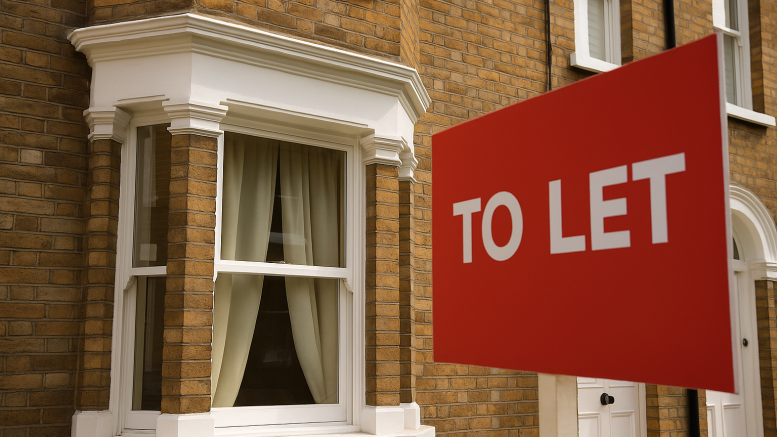Private renters across the UK have seen their monthly housing costs increase more sharply than mortgaged homeowners over the past three years, according to new research by Zoopla. Between 2022 and 2025, average monthly rents for new lets rose by £221, outstripping the £218 increase in average mortgage repayments for outstanding loans - a trend that reflects a worsening imbalance between tenant demand and rental stock availability.
As of March 2025, the average rent in the UK stands at £1,283 per month, compared with £1,154 for a typical mortgage repayment. While some of the pressure has eased slightly in recent months, landlords remain under growing financial and regulatory strain - a factor that continues to suppress new investment and compound the shortage of homes to let.
Landlords penalised as demand climbs and supply stays flat
What’s fuelling the disparity? According to Zoopla’s findings, it’s a classic case of supply and demand. While migration for work and study surged post-pandemic and the labour market remained robust, the stock of private rented homes has barely changed since 2016. Landlords, wary of increased taxes, compliance costs and political uncertainty, have understandably held back on expanding their portfolios.
Zoopla notes that the highest rent increases were recorded in more affordable towns and outer urban areas. In Oldham, rents soared by 35%, rising from £649 to £876 per month, while Wigan, Bolton, and Falkirk all posted gains of over 30%. Meanwhile, in outer London, rents in Ilford (IG postcode) jumped £395 per month - a 28% rise - with similar spikes in Romford, Luton, and Slough.
“Renters have faced similarly steep increases in the cost of renting in recent years with rents pushed higher on strong demand and limited supply of homes,” said Richard Donnell, Executive Director at Zoopla. “This has hit lower income renters hardest.”
Donnell acknowledged that while average rents have levelled out in 2025, the only sustainable fix lies in expanding the housing supply - something landlords have long advocated for, but governments have yet to meaningfully deliver.
Cost gap between owning and renting now wider than ever
The research also highlights a little-discussed inequality in the housing debate: mortgaged homeowners typically see their monthly repayments chip away at their loan principal - meaning they’re building equity. Renters, on the other hand, see their payments vanish each month, with no long-term gain to show for it. That dynamic, coupled with rising compliance costs for landlords, has left many questioning how long the current system can hold.
“A tougher path to home ownership for renters looking to buy ensures continued strong demand for rented homes,” Zoopla’s analysis notes. And while rental inflation for new lets has cooled to its lowest level in four years, affordability constraints are capping further growth, not solving the root problem.
Landlords argue that without meaningful reform - particularly incentives to boost supply in both the private and social sectors - renters will continue to face high costs and limited choice.
Landlords stuck in the middle
The call for more rental homes is growing louder, and not just from tenant advocacy groups. Even industry analysts now echo what landlords have been saying for years: fix the supply, and rents will stabilise.
“The quickest way to alleviate high rents is to grow the stock of homes for rent,” Donnell added. “It’s vital that the stock of rented homes is expanded across all tenures.”
But for now, the burden remains disproportionately on private landlords, who must balance rising mortgage costs, stricter EPC rules, and new legislative pressures - all while trying to provide housing in an overheated market with little government backing.








